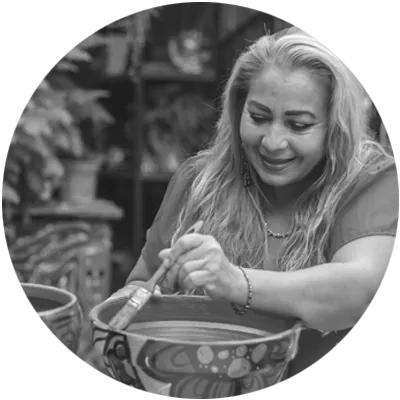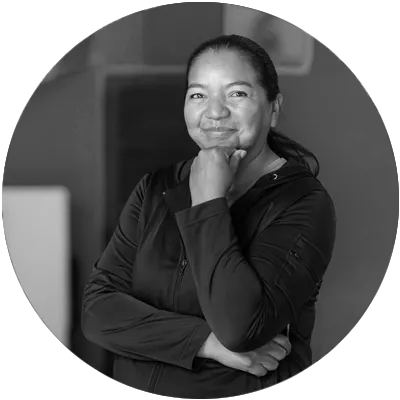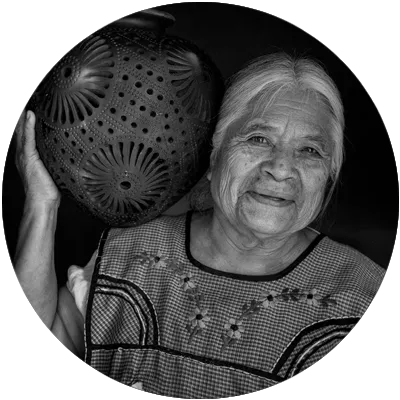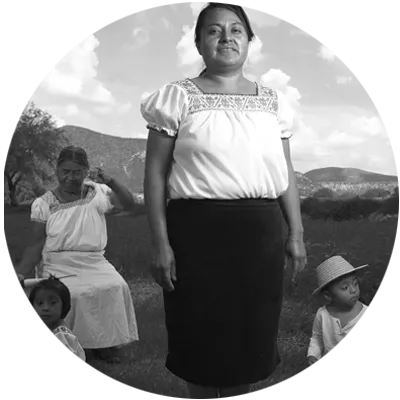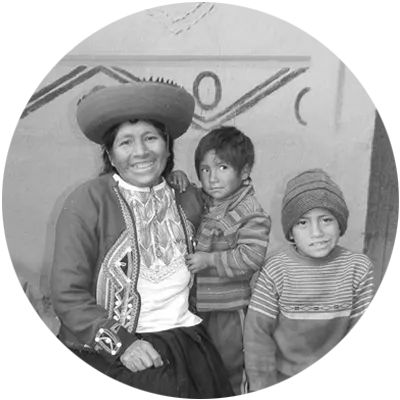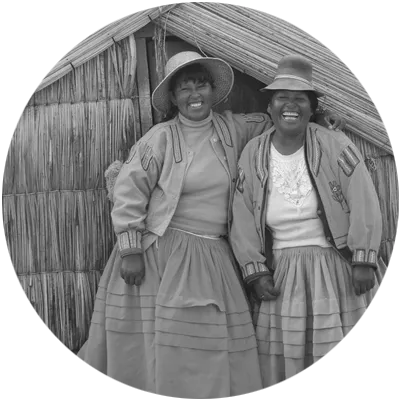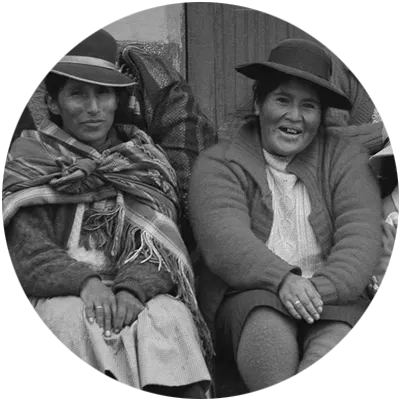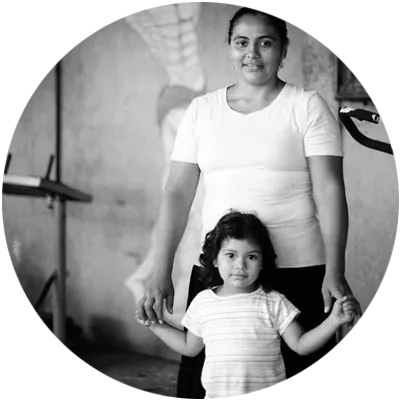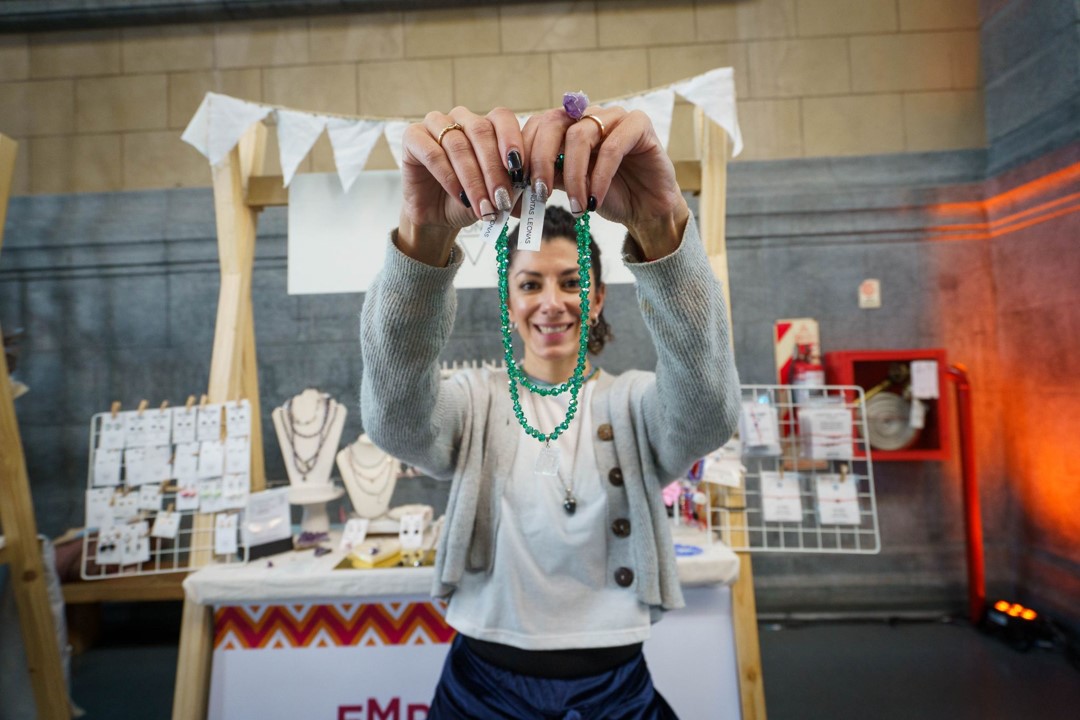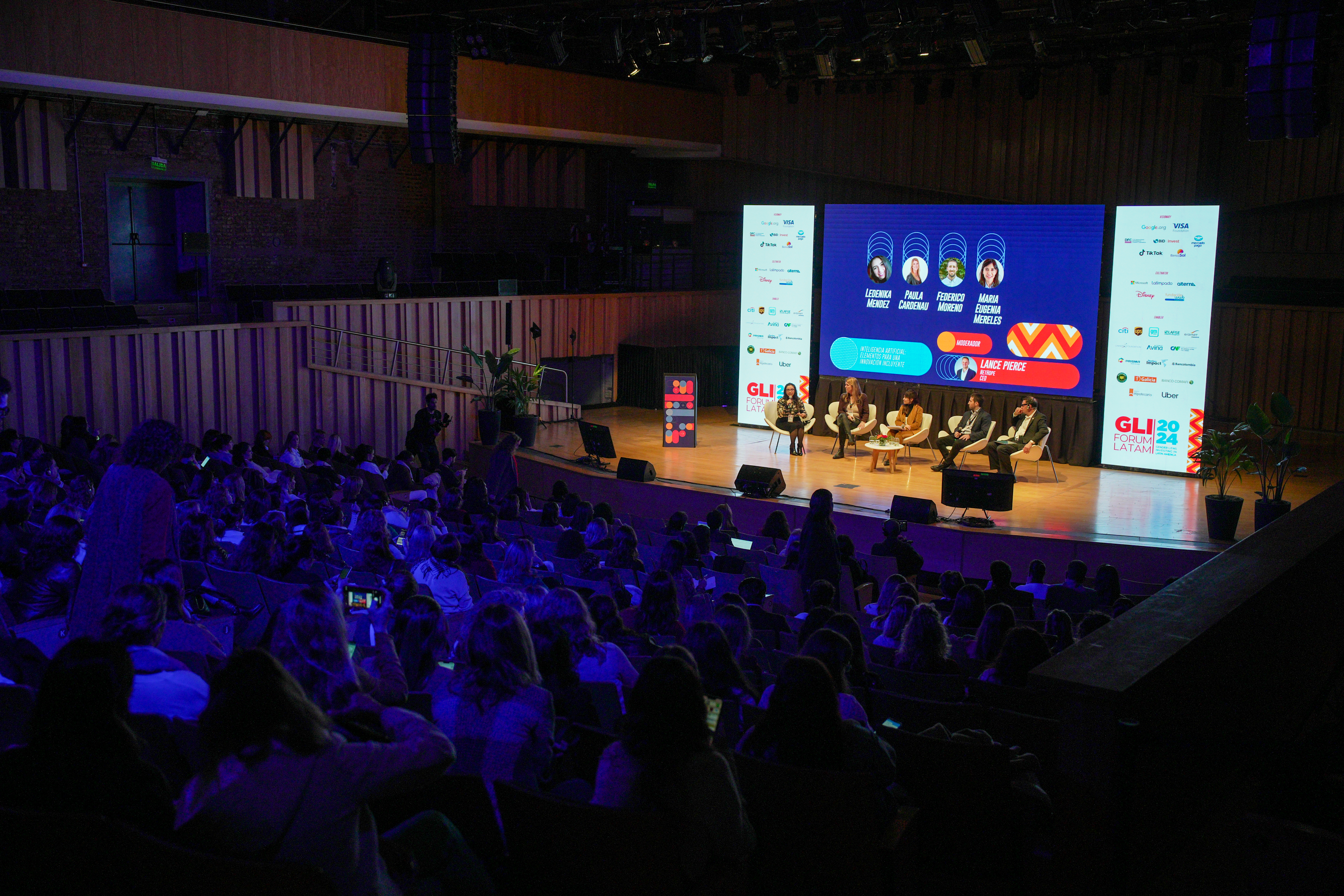“There really isn’t enough understanding about the health gap that women face. Why? Because sometimes, oftentimes, the data we have for analysis are based on the male sex, meaning that we won’t necessarily understand their bearing on or how they relate to the female sex.” This is how Florencia Muther, associate partner at McKinsey & Company, summarized one of the major problems facing the healthcare sector when it comes to closing gender gaps.
Muther shared her views during the forum “Closing Gender Gaps in Health through Innovation” at the GLI FORUM LATAM 2024, which also featured Roberto Ewel, Pro Mujer’s health manager in Bolivia; Gabriela Pittis, Takeda’s Latam president; and Valeria Liegard, director of Strategic Affairs and leader of Diversity, Equality, and Inclusion for Southern Latin America at Johnson & Johnson. The forum concluded with a simple but powerful message: There is very little information about women’s health, and that is why spaces for meeting and discussion on this topic have such relevance.
This was one of the key points also shared by Rosario Fegalde during the talk “Addressing the Social Determinants of Health” at the GLI Forum 2024, which also featured Alfredo Ascarrunz, InnovaSalud’s general manager; Laura Adiwasito, strategic advisor for Social Innovation at Fòs Feminista; Rosario Fagalde, global head of Imaging Solutions at Mamotest; Florencia Salort, gynecologist; Flor de Gineco; and Pamela Martin Garcia, senior advocacy advisor at Family Planning 2030.
Throughout both discussions, the experts illustrated the emotional and social vulnerability that many women face, a phenomenon exacerbated by a culture that does not always promote comprehensive care for women; as well as socioeconomic, cultural, and gender barriers that can prevent women and other marginalized individuals from accessing necessary medical care, thus affecting their well-being and quality of life.
Barriers That Women Face in Accessing Healthcare
Marginalized women
Women in situations of vulnerability face additional barriers due to the intersection of various forms of discrimination. Those women who are migrants, belong to ethnic minorities, have disabilities, or live in situations of poverty, encounter more significant obstacles to accessing healthcare.
Gender gaps and unequal distribution of tasks
Unpaid care tasks, which disproportionately fall on women, limit their time and ability to seek medical attention. In many communities, women must balance work, child-rearing, and household chores, leaving little to no time for their own personal care.
For Florencia Salort, gynecologist and sexologist, women do not seek health services “not only because they do not have the time, they have to raise children or work, but [also] because they don’t know or because there is someone who does not let them leave the home.”
Cultural and educational barriers
The lack of health education and the absence of a culture of preventive care significantly affect women’s access to healthcare. “Even at school, no one teaches what things one has to prevent, or the cycle of life in terms of health, especially when it comes to women,” explains Alfredo Ascarrunz. Additionally, patriarchal cultural norms can discourage women from seeking medical attention; modesty or disapproval can be significant barriers to seeking treatment.
Lack of affiliation to a social security system
Only 19% of women in Latin America are enrolled in a social security system, according to data from ECLAC. The lack of formal employment in many regions prevents women from accessing health insurance and other benefits that facilitate access to medical services.
And So, Where Are the Solutions?
In the articulation among sectors
One of the keys to overcoming these barriers is collaboration among various sectors and entities. Civil society organizations play a crucial role in providing health services to women who need it most and, with their deep knowledge of local communities, they can fill gaps that traditional health systems fail to cover. “Articulation with other grassroots organizations is so important. For example, in Argentina’s north Pro Mujer’s assistance is key in helping us get our mammograms to the women who really need it,” says Rosario.
In the responsibility of knowing who you work with
We must develop specific strategies for different segments of the population. Health promotion must be adapted to the realities of each group, considering factors such as educational level, geographic location, and socioeconomic characteristics, and including the implementation of programs with a gender perspective.
In pedagogy and human connection
Educational programs that promote knowledge about health, as well as gender equality, can transform the perception and behavior of communities. Additionally, it is essential to promote a culture of empathy and human warmth in healthcare: health professionals must be agents of information and offer close and compassionate treatment to patients. For Rosario Fagalde, this is clear in her daily work: “Let’s provide diagnosis, but let’s support those patients who can’t make it or who, if they do, are terrified and keep the information to themselves,” she says.
In public policies
The development of public policies that truly promote women’s health and investment in it is one of the key factors to close the gaps that exist today. “We have to think about generating policies where governments intervene, where we can analyze the health systems we currently have and strengthen them. And we cannot overlook the responsibilities of civil society groups. Let’s talk about NGOs or foundations, this type of institution has to go hand in hand with the private sector,” explained Roberto Ewel, Pro Mujer’s health manager in Bolivia.
In the communities
Communities can support raising awareness among women about the importance of their own health. The community health promoters program at Pro Mujer, for example, has a network of almost 300 women leaders who can break down the distrust, the fear of health services because they are seen as peers, and in many cases, even providing services in the users’ own native language.
In innovation
“Research and development provide an opportunity to prevent and treat diseases that impact women’s lives. And more and more progress is being made toward having smarter, less invasive, more personalized technologies, which, precisely, allow for a positive impact on the quality of life of women,” explained Valeria Liegard, director of Strategic Affairs and leader of Johnson & Johnson.
Access to healthcare is a fundamental right that must be guaranteed for all women, regardless of their socioeconomic, cultural, or geographical situation. Addressing the social determinants of health requires a comprehensive and collaborative approach, which includes coordination among sectors, education with a gender perspective, and investment in civil society organizations; all of which are vital to overcoming the barriers that prevent many women from accessing medical care and, ultimately, improving their well-being and quality of life.


